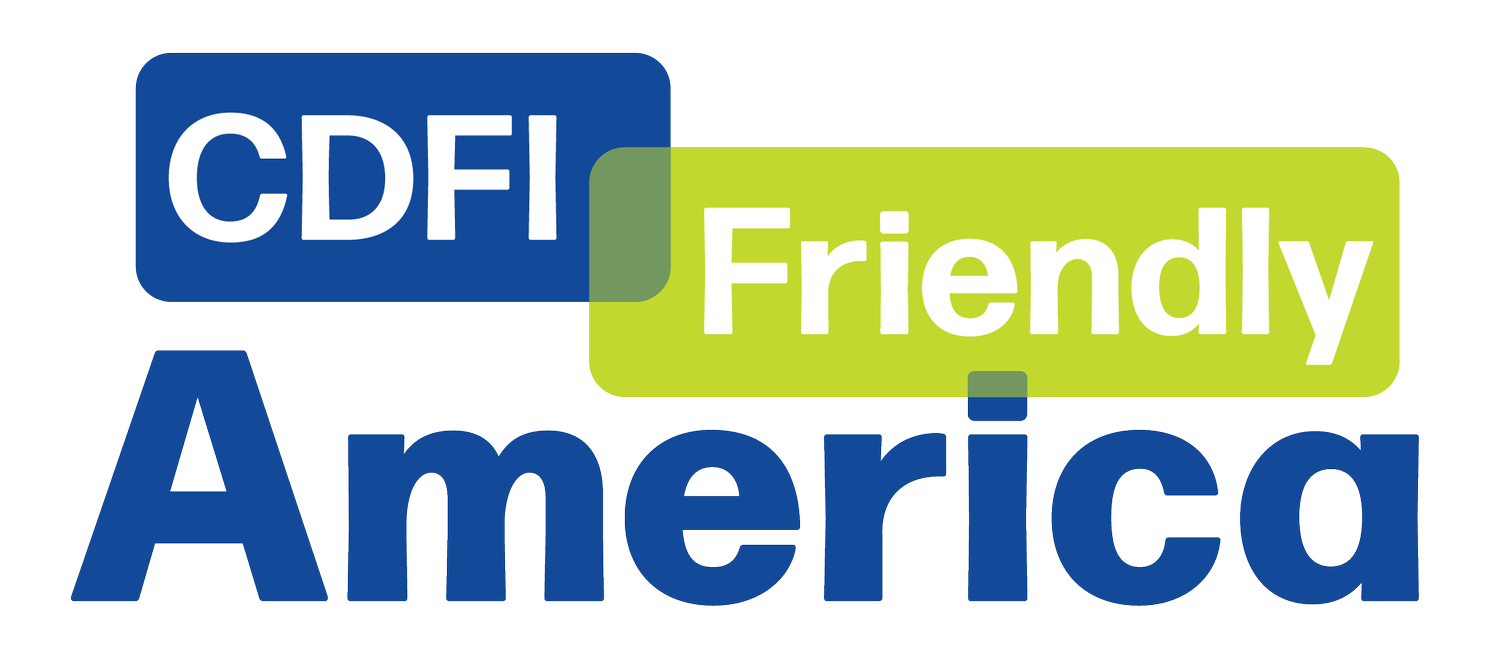CDFI Advocacy Map
The CDFI Advocacy Map is a free tool that helps CDFIs and CDFI allies tell their impact stories to policymakers by mapping CDFI lending across the U.S. It organizes data by U.S. Congressional Districts and States to focus legislators on the places they care about most.
What makes the CDFI Advocacy Map different is how it can help every CDFI tell its story using dynamic, local data—including a comparison of a District or State’s CDFI lending per capita to the national average, and hyperlocal data by census tracts with total CDFI lending, Qualified Investment Areas, and CDFI Opportunity Markets (places with high need and low historical CDFI activity).
CDFIs can order an enhanced version of the map incorporating their transaction-level reporting (TLR) data. Soon we will add State-level legislative districts for state-level advocacy.
National Data: Context for the CDFI Advocacy Map
The CDFI Advocacy Map offers close-up views of CDFI lending down to the census tract level. It also allows you to understand CDFI lending from 2005-2022 at the Congressional and State levels.
CDFIs made loans in 100% of the 435 U.S. Congressional Districts and, so, in all 50 states.
For context, here are four high-level national data points:
- The total amount of CDFI lending nationally from 2005-2022 according to CDFI Transaction-level Reporting (TLR) to the CDFI Fund is $234,523,071,476. Note that this represents some, but not all, CDFI lending during that period.
- On a per capita national basis, this translates to $714 per person.
- At the House of Representatives District level, we found a range from a high of $9,076,186,933 ($12,185 per person) in the 3rd District of Mississippi to a low of $26,037,534 ($34 per person) in the 13th District of Pennsylvania.
- At the Senate (State) level, the range is from a high of $27,584,874,900 ($9,297 per person) in Mississippi to a low of $59,837,740 ($104 per person) in Wyoming.
For any congressional district or state, you can find out with one click the total CDFI lending, the CDFI lending per person, and the ratio for lending per person between the geography you choose and the national average.
We hope you find the CDFI Advocacy Map useful. Please contact us with any questions or suggestions at info@cdfifriendlyamerica.com.
To navigate the map below, you can click the icon to search for a specific congressional district or state or use the + or − icons to zoom in and use your pointer to move around the map. Click on the
icon to view the legend. To show or hide specific layers, click on the
icon to expand the layer groups, hover your cursor over the desired layer, and click the icon that looks like an eye.
-
At the national level, you can see, by color coding, each Congressional District’s percentage of the national CDFI lending per capita average from extremely low (<=30% or $214 per capita) to high (> 120%). Open the legend to see which color corresponds to each percentage bracket.
Click on a Congressional District to view detailed information in a pop-up window, including:
The representative’s name and contact links.
The percentage of CDFI Fund Qualified Investment Area (IA) tracts in the district.
The Total CDFI lending from 2005-2022.
The CDFI lending per capita and the exact percentage compared to the national average.
If the district is a “CDFI Opportunity Market” (area with more than 50% IA tracts and less than 80% of national average of CDFI lending per capita).
Zoom in to the local level (town, city, or metro area) to see the total CDFI lending from 2005-2022 for each census tract, represented by the size of the circles.
Click on a census tract to view its detailed data in a pop-up window.
Open the Layers panel to turn on the “CDFI Lending - States” layer (click the eye icon) to see how each state compares to the national average of CDFI lending. *We recommend turning off any Congressional District and Census Tract layers to more easily select states. Click on a state to see its detailed data in a pop-up window.
CDFI Advocacy Map Data Sources/Citations
- CDFI Financing Data: U.S. Treasury CDFI Fund Transaction Level Report (TLR) Database, 2005-2022. Received through FOIA requests.
- Certified CDFI Headquarters Locations: U.S. Treasury CDFI Fund Certified CDFI Locations as of 1/13/2025. Downloaded from https://www.cdfifund.gov/programs-training/certification/cdfi.
- 119th US Congressional District Cartography Files:U.S. Department of Transportation via Esri ArcGIS Online. Downloaded from https://data-usdot.opendata.arcgis.com/datasets/usdot::congressional-districts/about.
- CDFI Fund Investment Area Tracts: U.S. Treasury CDFI Fund Investment Area Census Tract Data based on 2016-2020 ACS Variables. Downloaded from https://www.cdfifund.gov/sites/cdfi/files/2023-01/CDFI_Investment_Areas_ACS_2016_2020.xlsb.
- GIS Cartography Files: U.S. Census Bureau 2020 Decennial Census Boundary Files via Esri ArcGIS Online. Downloaded from https://doc.arcgis.com/en/esri-demographics/latest/regional-data/2020-census.htm.
- Population and Demographic Data: U.S. Census Bureau 2021 American Community Survey (ACS) 5-Year Data. Downloaded from https://data.census.gov/.
